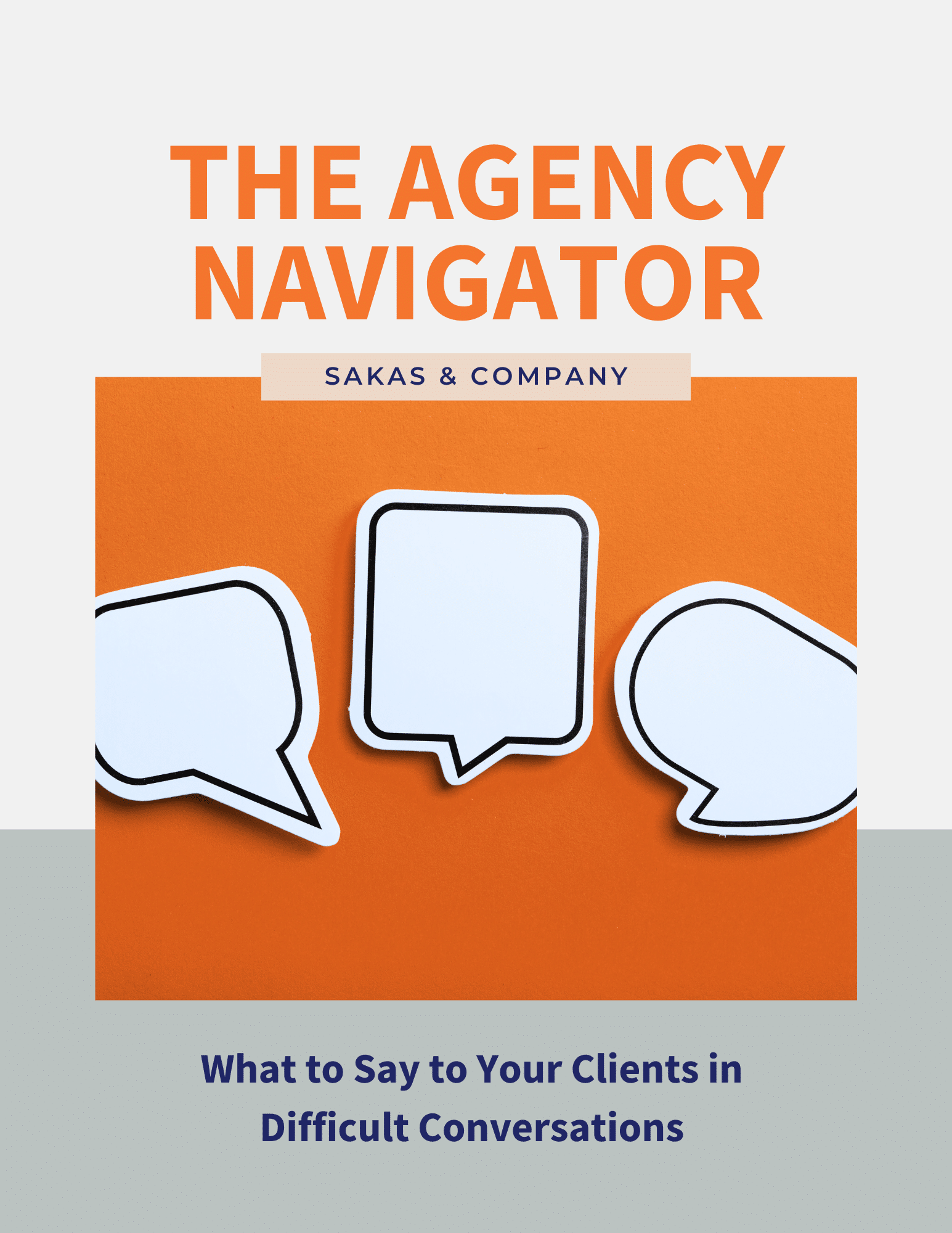A client had the opportunity to sell the biggest retainer in his agency’s history—if he could price it right to close the sale.
One of his questions was, “How do I charge clients for strategy work when we’re doing an ongoing retainer?” He noted that he’ll need to do more strategy than implementation at the beginning, and he’ll also need to make time for ongoing strategy work every few months.
If you don’t insist on starting with Paid Discovery, there are two common ways to price doing strategy work in an implementation-oriented retainer, assuming you’re doing initial strategy work and then strategy updates every three to six months.
Option #1: Charge a Separate Up-Front Fee for Strategy Work
Your first option is to charge a separate, up-front fee for strategy work. For instance, SEO- and PPC-oriented agencies typically charge a sizable “setup fee” up front, which goes toward keyword research and account configuration.
You can do something similar even if you aren’t doing SEO/PPC, but you’ll need to present it in a way that sounds appealing to your clients. “Learn the new client’s industry because we don’t know it” is not a good milestone name.
How much is appropriate for an up-front strategy fee? That ultimately depends on what your clients are willing to pay, but I’d start by comparing the fee to the monthly retainer fee. If the retainer is $20K/month, you might charge an additional $10-25K in the first month. If the retainer is $3K/month, you might charge an extra $2-5K for initial research and strategy work. In either case, this assumes the price is enough to do the work profitably.
This extra-fee-up-front approach works only if you have capacity to fulfill the strategy work on top of execution in the same month. Otherwise, you’re overcommitting from the beginning, which isn’t a recipe for client retention.
Your mileage may vary. If you find prospects don’t want to pay separate up-front fees, you’ll need to roll strategy into the monthly fee and manage clients’ expectations accordingly. More on that next.
Option #2: Roll Up-Front (and Ongoing) Strategy Work into the Monthly Retainer
Your second option is to put some (or all) of the first month’s retainer fee toward strategy, and carve out time in occasional future months for strategy updates.
This works if the client is OK with putting execution on hold for a month or so. It’s also easier to fold-in strategy over time, since you can often spend 10-25% of time on strategy in an occasional month without hurting results on execution. In my experience, most clients like that your help is always the same price each month.
The downside is that if strategy requires more time than you expect, clients get antsy because you’re not doing the implementation they expected.
It also requires your account managers or project managers to be especially firm with the client. If you’ve set aside time for strategy work in a future month and the client wants a bunch of last-minute implementation, they’ll either need to wait or pay extra. It’s easy to give in and let the client get the extra work for free, but that’s bad for profit margins.
Deciding What’s Right for Your Agency
The right choice depends on how fast the client wants results from execution, coupled with whether they’re OK paying extra up front to accelerate results (by front-loading strategy).
You also want to ensure you can deliver on the approach by having enough people to do the work, to avoid over-committing and under-delivering.
When it comes to convincing prospects to buy, this is another argument for specializing in certain client industries—you don’t need to spend as much billable time on strategy work if you’re already an expert in the client’s industry. And in fact, you may be able to charge them more for less work, because you’re an expert instead of a generalist.
Question: How does your agency charge retainer clients for strategy work?


